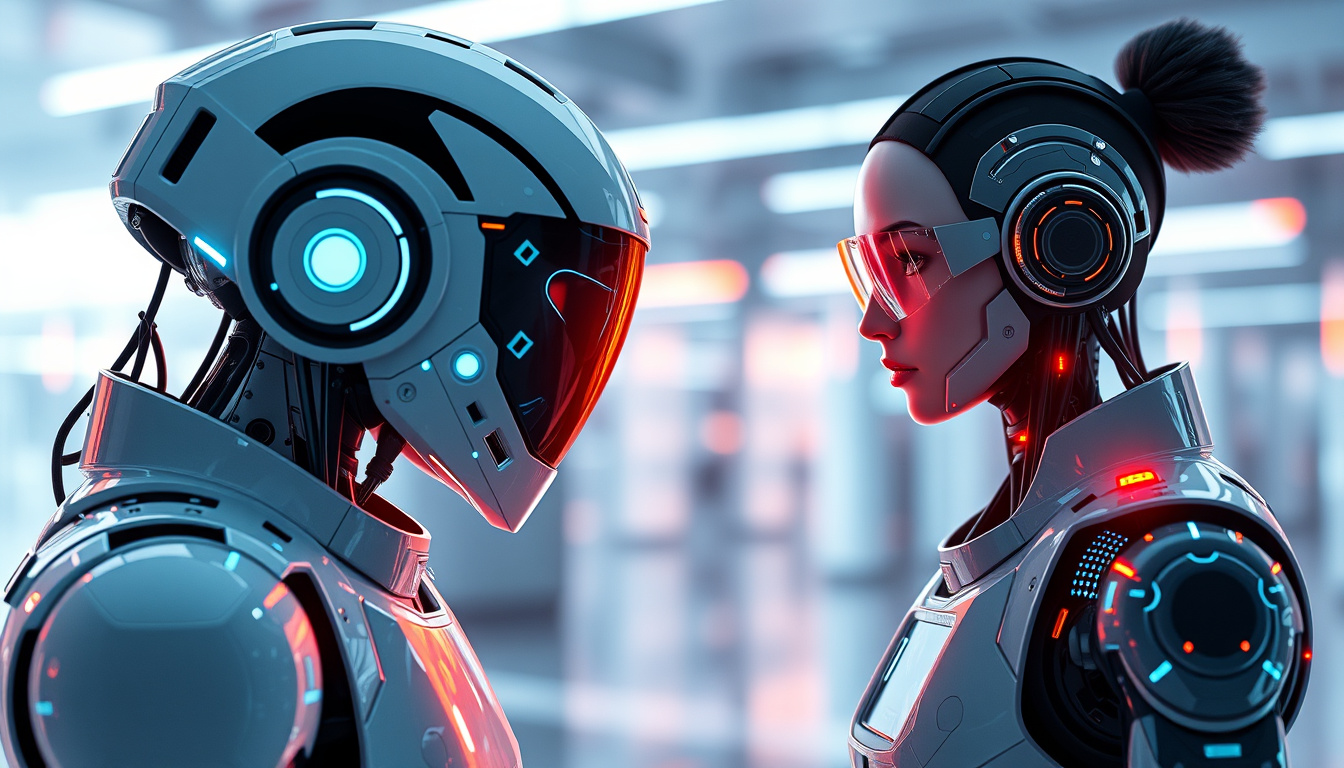In recent years, the field of artificial intelligence has undergone rapid advancements, revolutionizing how machines interpret and interact with humans. One of the most promising developments is agent modeling, an innovative approach that aims to create more natural, efficient, and intelligent interactions between AI systems and users. By understanding and simulating human-like agents, developers can craft AI that not only performs tasks but also comprehends context, emotions, and subtleties of human communication. This article explores the concept of agent modeling, its significance, applications, and the future potential it holds for transforming our interactions with technology.
What is Agent Modeling?
At its core, agent modeling refers to constructing computational models that accurately represent the behaviors, decision-making processes, and interactions of autonomous agents — which can be humans, robots, or software entities. These models simulate how agents perceive their environment, make choices, and communicate, providing a framework for AI systems to emulate human-like reasoning and behavior.
Imagine designing a virtual assistant that not only understands commands but also anticipates your needs, recognizes your emotional state, and responds empathetically. Agent modeling facilitates this by capturing human behavioral patterns and integrating them into AI algorithms, creating systems that can interact more naturally and effectively.
The Importance of Agent Modeling in AI
Why is agent modeling considered a breakthrough in AI development? Here are some key reasons:
-
Enhanced Human-AI Interaction: Traditional AI systems often lack the nuanced understanding of human intentions and emotions. Agent modeling bridges this gap, enabling machines to interpret context and respond appropriately.
-
Personalization: By modeling individual agents, AI can tailor responses and actions to specific user preferences and behaviors, improving user satisfaction.
-
Improved Decision Making: Agent models help in simulating complex environments, allowing AI to make better-informed decisions in dynamic settings like autonomous vehicles or financial trading.
-
Simulating Complex Systems: Agent modeling allows researchers to experiment with social, economic, or ecological systems by creating virtual agents with realistic behaviors.
-
Training and Education: Realistic agent models serve as effective tools for training simulations, where users can practice scenarios with virtual agents acting authentically.
Applications of Agent Modeling
The versatility of agent modeling means it’s being applied across a wide spectrum of industries and domains. Here’s a look at some prominent applications:
1. Smart Assistants and Chatbots
Modern virtual assistants like Siri, Alexa, or Google Assistant benefit from agent modeling by understanding user context, detecting emotions, and providing personalized responses. This enhances usability and creates more engaging user experiences.
2. Autonomous Vehicles
Agent modeling is critical in designing autonomous vehicles that interact seamlessly with human drivers, pedestrians, and traffic systems. Accurate models help vehicles anticipate human behavior, improving safety and efficiency.
3. Healthcare and Therapy
In healthcare, AI agents modeled after human behaviors are used for training medical professionals, providing mental health support via chatbots, and assisting in patient monitoring by recognizing emotional cues.
4. Gaming and Virtual Environments
Video games and virtual simulations use agent modeling to create realistic NPCs (non-player characters) that adapt to player actions, making games more immersive and dynamic.
5. Economic and Social Simulation
Researchers simulate markets or societal behaviors by modeling economic agents with preferences, decision-making rules, and interactions, aiding in policy development and research.
6. Education and Training
Simulated agents serve as teaching tools in training scenarios, such as flight simulations or emergency response drills, mimicking real human behaviors to create realistic practice environments.
The Process of Building Agent Models
Creating effective agent models involves several stages:
-
Behavioral Data Collection: Gathering extensive data on human actions, decisions, and interactions relevant to the target application.
-
Analysis and Pattern Recognition: Identifying common behaviors, decision rules, and patterns within the data.
-
Model Design: Developing mathematical or computational frameworks that replicate observed behaviors, such as rule-based systems, machine learning models, or hybrid approaches.
-
Simulation and Testing: Running simulations to test how accurately the model replicates real-world agent behaviors and refining accordingly.
-
Integration and Deployment: Embedding the model into AI systems for practical use, continually updating it based on new data and feedback.
Benefits of Agent Modeling
Implementing agent modeling offers multiple advantages:
- Realism: Creates more believable AI agents, enhancing user engagement.
- Adaptability: Enables AI systems to learn and adapt to individual behaviors over time.
- Efficiency: Streamlines complex decision-making processes, reducing computational load.
- Empathy and Emotional Recognition: Facilitates understanding of human emotions, leading to empathetic responses.
- Cross-disciplinary Insights: Links AI with social sciences, economics, and psychology for richer models.
Challenges and Future Directions
Despite its potential, agent modeling faces several hurdles:
- Complexity of Human Behavior: Human actions are unpredictable and influenced by numerous factors, making accurate modeling challenging.
- Data Privacy: Collecting detailed behavioral data raises privacy concerns that need addressing through ethical standards and regulations.
- Computational Resources: Developing sophisticated models requires substantial processing power and advanced algorithms.
- Ethical Implications: As AI becomes more human-like, questions about manipulation, autonomy, and trust emerge.
Looking ahead, the future of agent modeling lies in integrating advanced machine learning techniques, such as deep learning and reinforcement learning, to craft even more nuanced and adaptive models. Collaborative efforts between AI researchers, social scientists, and ethicists will be essential in harnessing the full potential while mitigating risks. As the field evolves, agent modeling will undoubtedly play a pivotal role in creating AI systems that are not only intelligent but also emotionally intelligent and genuinely human-centric.
Frequently Asked Questions
1. What is agent modeling in AI?
Agent modeling in AI refers to creating computational representations of agents—be they humans, robots, or virtual entities—to simulate behaviors, decision-making processes, and interactions, enabling more natural and personalized machine-human communication.
2. How does agent modeling improve human-AI interaction?
Agent modeling enhances human-AI interaction by allowing systems to understand context, recognize emotional cues, predict user needs, and respond empathetically, leading to more engaging and effective communication.
3. What are the main challenges in developing agent models?
Main challenges include accurately capturing the complexity of human behavior, addressing privacy concerns when collecting behavioral data, ensuring computational efficiency, and navigating ethical considerations related to autonomous decision-making and influence.
Conclusion
Agent modeling stands at the forefront of transforming artificial intelligence into more human-centric, adaptive, and empathetic systems. By accurately simulating human behaviors and interactions, it promises a future where AI seamlessly integrates into our daily lives—whether through smarter virtual assistants, safer autonomous vehicles, or more effective training tools. Embracing this innovative approach will not only push the boundaries of technology but also foster trust and connection between humans and machines. Now is the time to explore how agent modeling can revolutionize your interaction with AI—empowering you with smarter, more responsive, and human-like digital companions.




